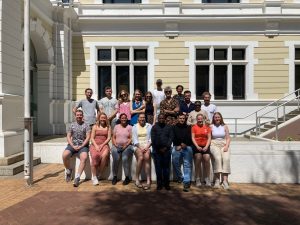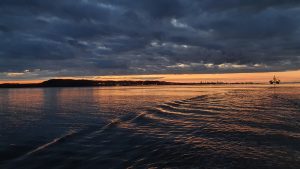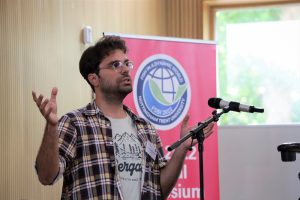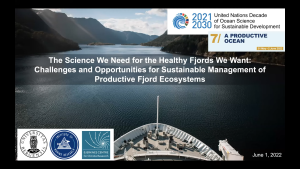Written by Natalya Gallo // 26 March 2023
In January 2023, HypOnFjordFish PI Anne Gro Vea Salvanes and post doc Natalya Gallo attended a workshop in Cape Town, South Africa themed around “Teaching ocean science and SDGs in higher education.” The workshop was organised by the International Association of Universities Higher Education for Sustainable Education (IAU HESD) Cluster for SDG14 Life below water, which is led by the University of Bergen (UiB). The workshop was hosted in Cape Town to coincide with the arrival of the final teaching leg of the tall ship Statsraad Lehmkuhl and the One Ocean Expedition and to support the development of the new South-African Master Program in Ocean Science (SAMOS).
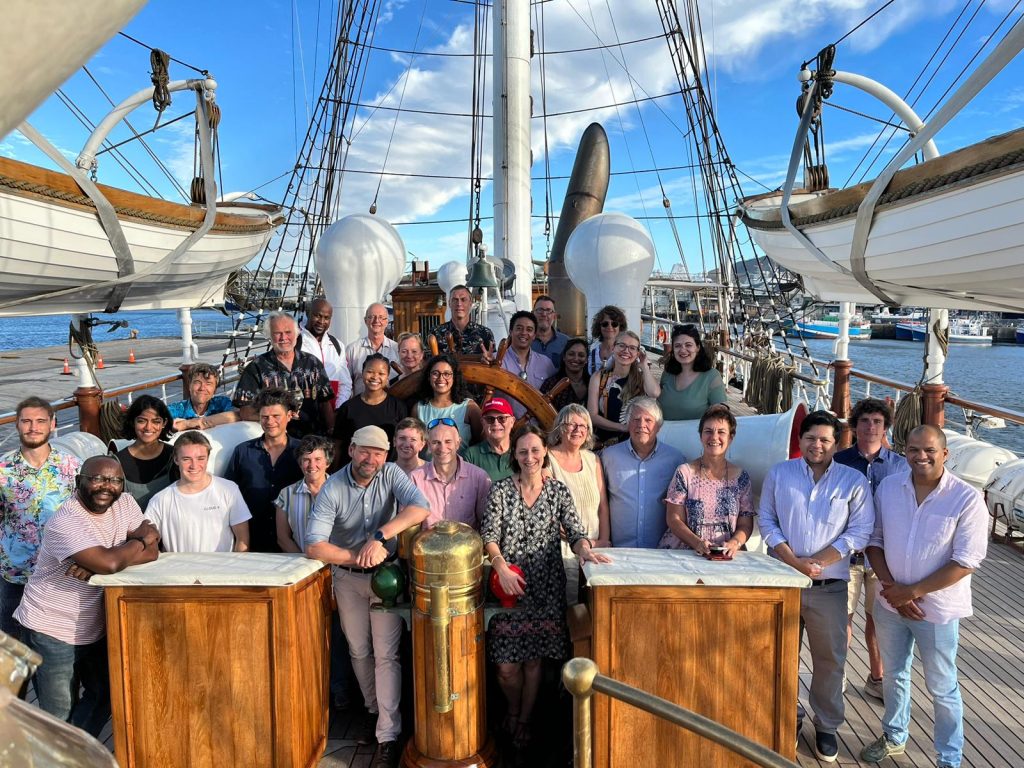
The main theme of the workshop was how to transform ocean science education through the inclusion of teaching on sustainability and the sustainable development goals (SDGs). Anne Gro and Natalya focused specifically on the opportunities for teaching connections between SDG 13 (climate) and SDG 14 (ocean) action and contributed their experiences from teaching UiB courses BIO325 on Ocean Science and SDG214 on Sustainable Development Goal 14 and being members of the Bjerknes Centre for Climate Research. SDGs 13 and 14 form the biosphere component of the 2030 sustainable development agenda along with SDG 15 – Life on Land and SDG 6 – Clean Water and Sanitation.
The research topics under HypOnFjordFish exemplify some of the connections between SDGs 13 and 14. One of the primary project goals is to understand the impacts and drivers of oxygen loss on fjord communities to support sustainable management of western Norwegian fjords. The observed deoxygenation in Masfjord has been a result of less frequent basin water renewal (i.e. a climate driver) and to a more minor level, a contribution of excess nutrient input from salmon aquaculture (i.e. an ocean management driver). In turn, oxygen loss can impact the extent of economic activities in the fjords and ecosystem recovery. The contribution of both climate and ocean management drivers to ocean deoxygenation is not unique to the fjords but is also common in estuarine environments like the Chesapeake Bay. Ocean deoxygenation can pose a challenge to marine ecosystem management because it can affect species distributions, ecosystem functioning, and fisheries productivity. Thus, ocean deoxygenation sits at the intersection of these two SDGs, and ocean science courses can use ocean deoxygenation as a frame to discuss the connections between these two SDGs and their specific targets, especially 14.1-14.4 and 13.1-13.3.
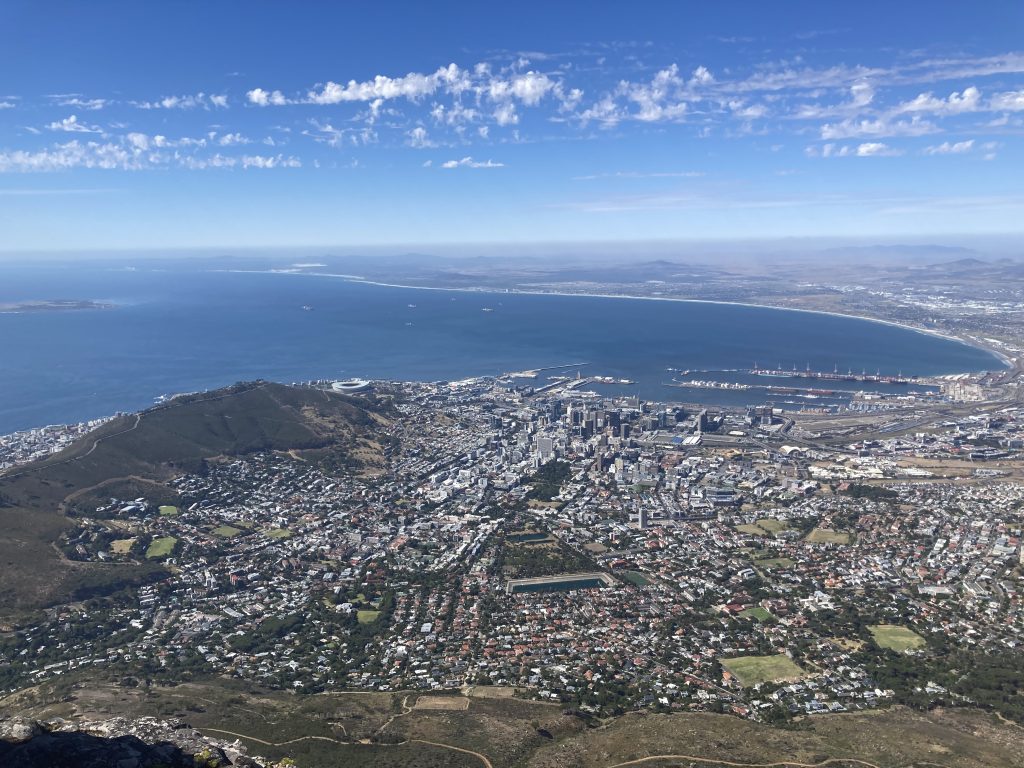
Beyond participating in the engaging workshop topics, participants also had time to enjoy some of the beautiful hikes around Cape Town, including Table Mountain and Lion’s Head. For those of us coming from the Norwegian winter, the hot summer sun was a welcome contrast. The workshop was a great way to meet colleagues from around the world teaching SDGs in ocean science courses and come away with new ideas for the future.
Want to know more?
- UiB write-up about the workshop
- Explore the overview, targets, and indicators for SDG13 and SDG14
- Learn more about the One Ocean Expedition
- Orient yourself to the SDG framework with the SDG wedding cake animation
- Learn more about the IAU HESD and see how different Universities are incorporating SDGs in their curricula
